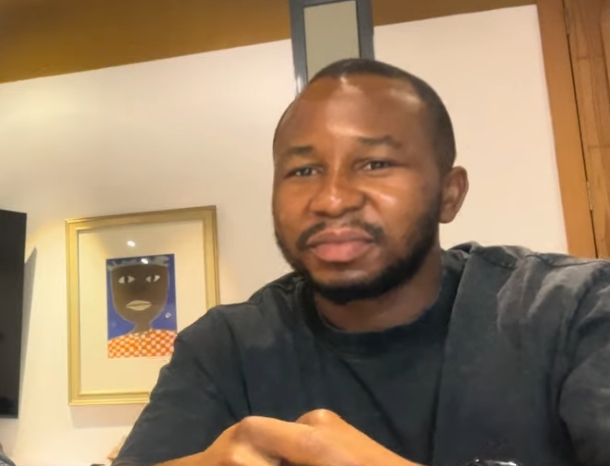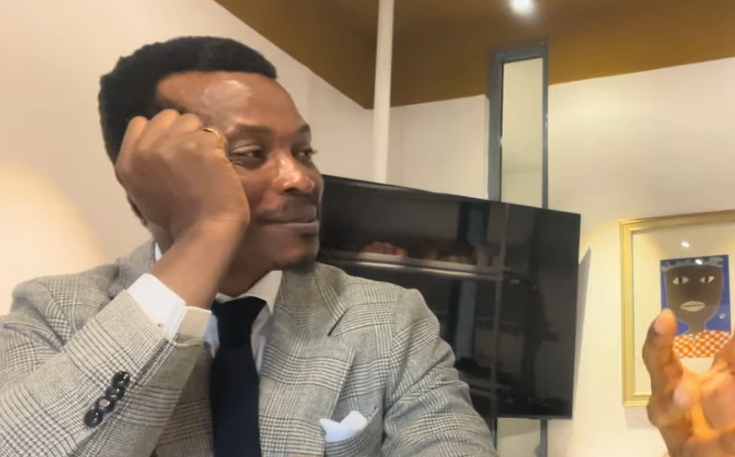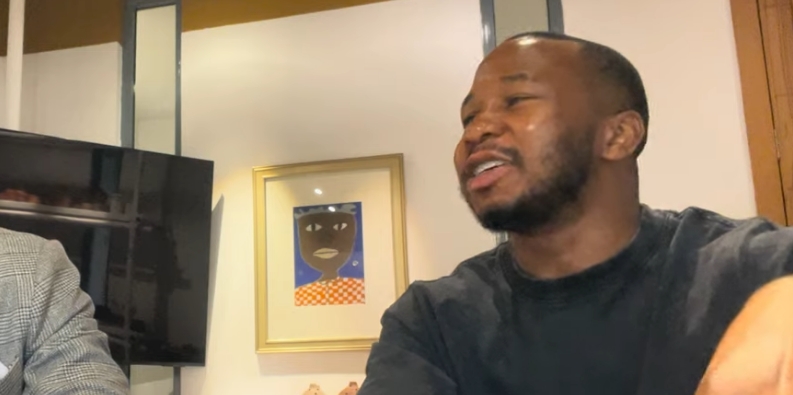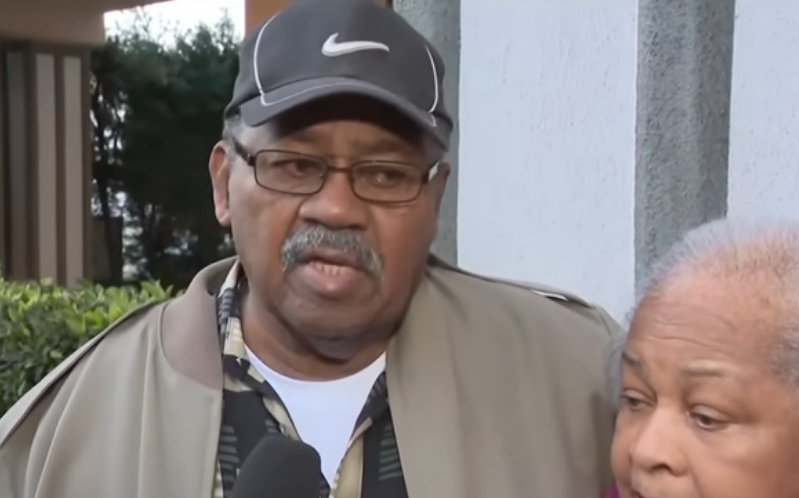From Joana Kumi, Cape Coast
The Confucius Institute at the University of Cape Coast (CIUCC) has inaugurated a Regional Training Center for Local Chinese Teachers in West Africa, marking a significant step in language education and international collaboration.
The event, held at UCC, brought together educators, diplomats, and students to celebrate the initiative aimed at strengthening linguistic and cultural ties between Ghana and China.
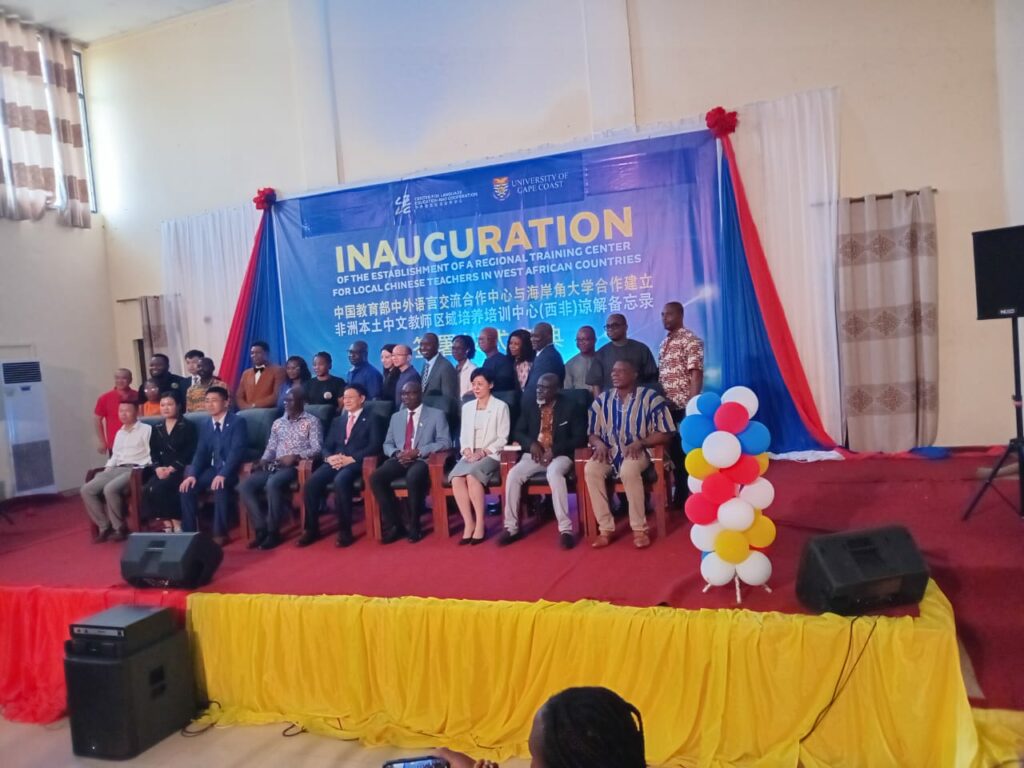
During the event, the Central Regional Director of Education, Mr. Emmanuel Essuman, emphasized the growing importance of Chinese in Ghana’s education system, noting its introduction as a secondary school elective.
He highlighted the need for qualified teachers to support student learning and cultural appreciation.
The center, he stated, is a strategic response to the increasing economic and diplomatic engagement between Ghana and China.
“Language is a gateway to global opportunities, and introducing Chinese into our curriculum broadens students’ prospects,” he remarked.
Pro-Vice-Chancellor of UCC, Professor Denis Worlanyo Aheto, expressed gratitude to the Chinese government and the Confucius Institute for their support.
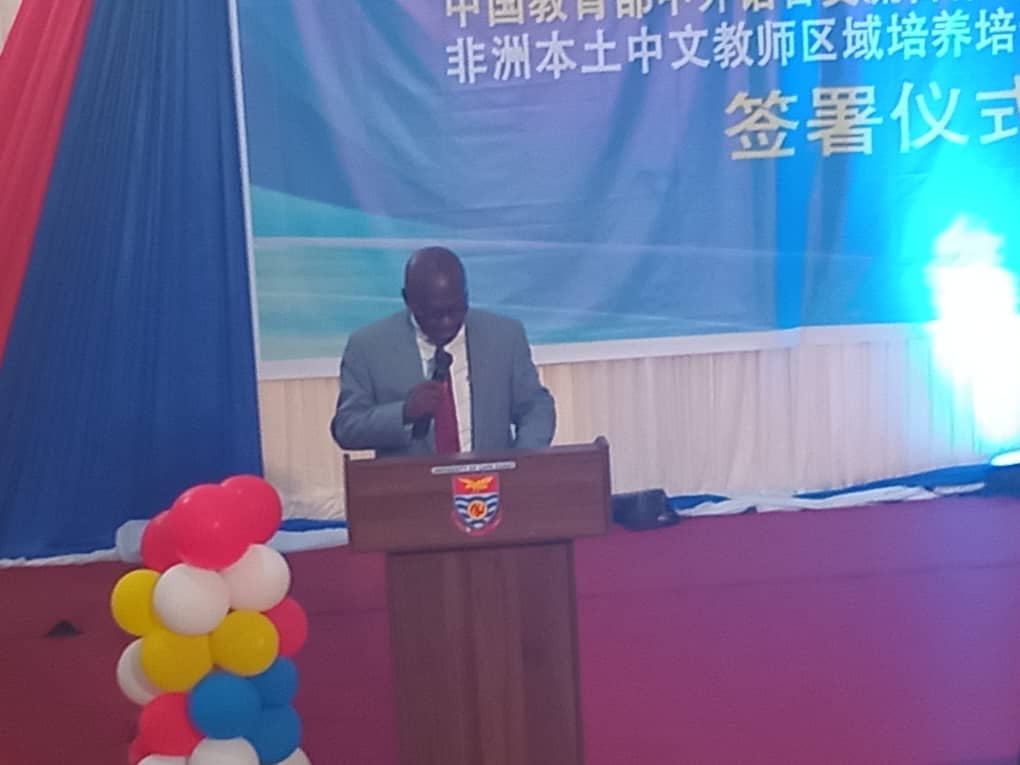
He emphasized that learning Chinese fosters cultural exchange and strengthens international relations. “Language reflects identity and heritage. By learning Chinese, we embrace knowledge that enhances Ghana-China relations,” he stated.
Chinese Director of CIUCC, Professor OU Yamei, outlined the economic benefits of Chinese proficiency, citing opportunities in trade, diplomacy, and translation.
She expressed confidence that the center would produce skilled professionals to facilitate Ghana-China business relations. She also highlighted CIUCC’s commitment to expanding Chinese language education, with 15 centers already operating across Ghana.
Additionally, she noted that fluency in Chinese offers scholarship opportunities for Ghanaian students to study in China, allowing them to immerse themselves in its culture while advancing academically and professionally.
Director of the Confucius Institute Ghana, Professor Amo Ofori, highlighted Ghana’s long-standing trade relationship with China, emphasizing that Chinese proficiency is essential for strengthening business partnerships.
He noted that mastering the language would help Ghanaian entrepreneurs navigate trade negotiations and expand their presence in the global market.




